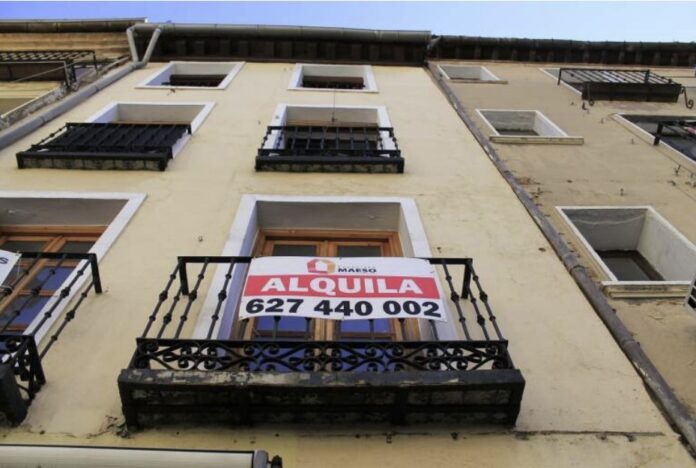Seasonal rentals in Murcia accounted for 4% of the market in the second quarter of the year, with a 417% increase in supply. Meanwhile, long term rentals fell by 9% in the same period, according to data provided by Idealista.
The year-on-year increase in the supply of seasonal rentals in Murcia was the third highest among provincial capitals, only lower than those of Badajoz (1,956%) and Pontevedra (800%).
In Barcelona, 42% of the properties offered are for seasonal rental, a figure that drops to 34% in the case of San Sebastian. Next are the cities of Badajoz (21% of the total) and Girona (20%), closely followed by Cadiz (19%), Madrid (16%) and Valencia (15%). Also accounting for more than 10% of the offer are Santander (14%), Palma (13%), Tarragona (12%), Malaga (11%) and Bilbao (10%).
At a national level, seasonal rentals continue to increase their relevance in the real estate market as a result of the successive policies that are pushing this phenomenon.
In the second quarter of 2024, the weight of this type of rental in Spain reached 13% of the market, with a year-on-year increase in supply of 55%, while the supply of permanent rentals decreased by 17% in the same period.
Strong increases in the volume of seasonal rentals
Among the major markets, the largest increase in seasonal supply has been in Malaga, which has 99% more than a year ago, followed by Bilbao (73%), Palma (72%), Valencia (70%), Seville (63%), Madrid (53%) and Barcelona (48%).
In Alicante, the number of temporary rental properties has grown by 22% in the last 12 months, while it has increased by 21% in San Sebastián.
The largest and most spectacular increases in supply of this type have occurred in small markets where this phenomenon was until now practically non-existent and where the appearance of a handful of advertisements has caused very sharp increases.
This is the case in Badajoz (1956%), Pontevedra (800%), Murcia (417%) and Huesca (400%). On the other hand, in five capitals, short-term rentals have decreased this year: Zamora (-67%), Melilla (-50%), Lugo (-50%), León (-20%) and Palencia (-20%).
Long-term rentals continue to fall In parallel with these increases, long-term rentals have continued to fall over the last year in the main markets. The biggest decrease was in Barcelona (-45%), followed by San Sebastián (-32%), Seville (-27%), Madrid (-22%), Bilbao (-22%), Alicante (-8%) and Valencia (-6%).
However, in the city of Malaga the offer has managed to grow by 4%. Among the rest of the cities the biggest fall has been in Palencia (-47%), Oviedo (-44%), Valladolid (-35%) and Teruel (-32%), while the biggest increases have been in Cáceres (38%), Melilla (28%), Cuenca (26%), Almería (20%) and Ávila (6%).
For idealista spokesperson Francisco Iñareta, “the data from the second quarter continue to show that legislating behind the backs of property owners ends up destroying the market.”
In his opinion, “the measures adopted in the area of rental have shifted the offer from permanent rental to seasonal rental, a perfectly legal formula but which makes access to housing even more difficult for the most disadvantaged people and families.”
“It is striking that, despite all the firsthand evidence, administrations continue to legislate against property owners (as seems likely to happen in the coming months with seasonal rentals) instead of seeking consensus and incentives that organically increase the housing stock,” he said.





